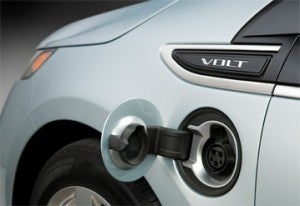I received a flurry of emails this morning congratulating me on comments I made that appeared in a Wall Street Journal article titled, “Faulty Wells, Not Fracking, Blamed for Water Pollution.”
It is a good article. It suggests that even if artificial channels created by hydraulic fracturing have not yet been shown to have caused drinking water pollution, action is required to correct pollution problems caused by other aspects of natural gas operations.
I would add three additional points to the information covered in the article:
- While faulty well construction is a big problem, surface spills have caused an even higher number of underground water pollution cases attributable to oil and gas development. A recent study commissioned by the Ground Water Protection Council (GWPC) determined that roughly 70% of nearly 400 cases of ground water pollution caused by the oil and gas industry over two decades in Texas and Ohio stemmed from mistakes made at the surface rather than from downhole problems.
- Why is it important that approximately one in 10 cement jobs requires remediation before the well is completed? This statistic doesn’t imply that one in every 10 wells is a pollution hazard. Instead, the high number of cement jobs that need to be repaired in order to keep wells from becoming pollution hazards illustrates that without careful oversight of cementing the frequency of problem wells could increase dramatically. During the years in which GWPC identified some 400 ground water pollution cases in Texas and Ohio, nearly 221,000 wells were drilled in those states. Fortunately, the cement jobs didn’t fail on 10 percent of those wells! But 35 of the 400 pollution cases were due to well construction problems – cement job failures were involved in many but not all of those 35 instances.
- Although stronger regulatory oversight of well construction is needed, stronger oversight of hydraulic fracturing is also needed. No one should try to suggest that hydraulic fracturing is risk free. It is vital that regulators begin to more closely assess hydraulic fracturing plans and operations – especially in relatively shallow geologic contexts – to be sure that fractures will intersect neither drinking water nor transmissive faults or wellbores that in turn intersect drinking water.
To learn about aspects of oil and gas operations that need close regulatory oversight, see my blog, “If The Problem Isn’t Hydraulic Fracturing, What Is?”











